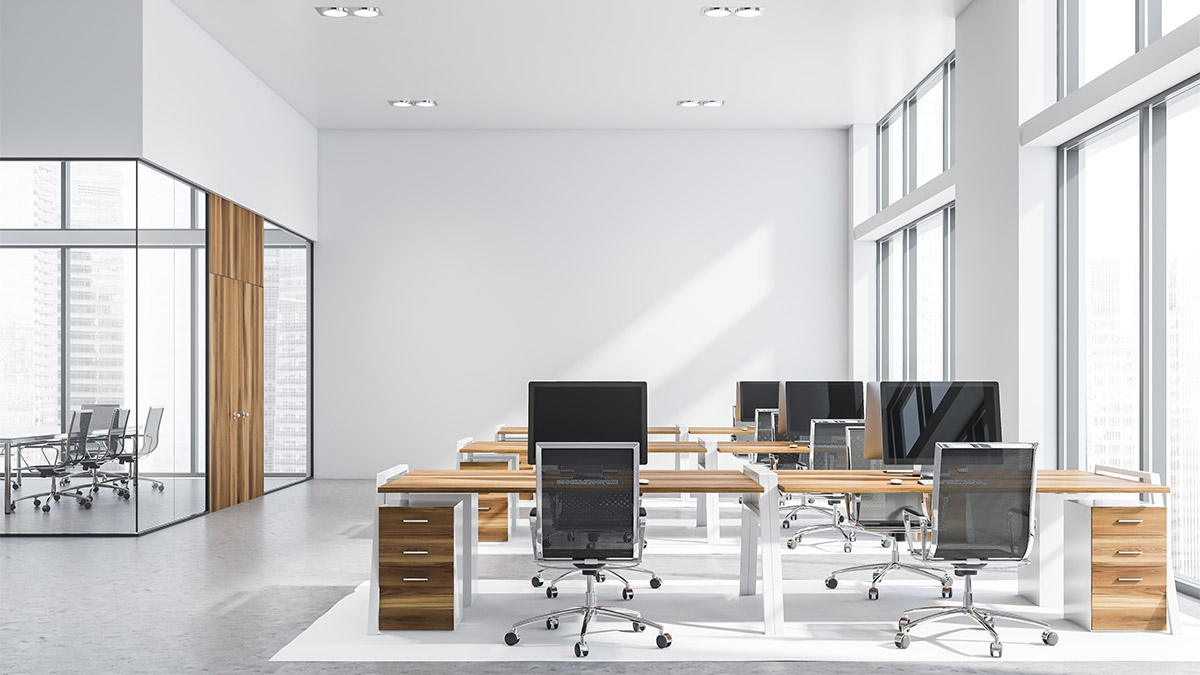The layout and design of perfect office spaces have transitioned from the traditional cubicle farms of the last century to the open-plan offices that have become the de-facto design standard in many parts of the world. This development reflects the changing landscape of workplace culture and a new understanding of how space can affect productivity, collaboration, and employee well-being. However, the shift towards open designs has led to concerns about privacy and concentration.
Understanding the Design Dichotomy
The debate on the ideal office layout often boils down to a question of privacy versus community. Intuitive privacy is the need for most of us to have control over the time we spend with others and how, when, and where information about ourselves is shared. Conversely, there is also a fundamental human need for social interaction, which is where open spaces excel. This inherent tension underscores one of the most significant challenges in office design today.
The office is much more than a physical workspace; it is a cultural artifact that shapes and is shaped by the behaviors of its occupants. The design of an office can either foster a dynamic, collaborative environment or one that is more introspective and task-driven, depending on how it balances privacy and openness.
Privacy in the Modern Office
Gone are the days of corner offices as the exclusive domains of the company’s elite. However, the need for privacy in the workplace is as strong as it has always been. This section delves into various approaches to integrating privacy within a contemporary office design.
In the modern workplace, there is a growing recognition of the importance of spaces dedicated to focused, solitary work. This could range from individual soundproof booths to softer, more comfortable lounge areas designed for short periods of concentrated effort. These perfect office spaces often feature spatial and acoustic separation from the rest of the office to minimize distractions.
Maintaining confidentiality is often a key requirement in professional environments. Designing specific spaces for meetings, negotiations, and sensitive communications is crucial to ensuring that private information remains that way. Privacy can also be integrated into shared workstations through the use of partitions or screens to create a sense of personal space.
Openness and Collaboration
In an age where innovation and creative collaboration are highly prized, open office plans have gained popularity for their ability to break down hierarchies and facilitate the easy sharing of ideas. Here, we explore the various ways that this can be achieved without sacrificing on privacy for specific tasks.
The Power of the Hive Mind
Clusters of desks without walls provide a space where teams can quickly convene and share ideas. This layout can be particularly beneficial for projects that require frequent communication and the ability to see what others are working on.
The Meeting of Random Minds
Several studies have shown that seemingly chance encounters between employees from different departments or levels of seniority within an open environment often lead to the novel and creative connections that drive an organization forward.
Striking the Perfect Balance in Perfect Office Spaces
Achieving the right balance between privacy and openness is not a one-size-fits-all proposition. It requires careful consideration of various factors, including the nature of the work being done, the preferences of the employees, and the cultural values of the organization.
Flexibility is Key
The design of the office should be flexible, allowing employees to adapt their environment to suit the demands of their work. This might involve movable partitions, adjustable furniture, and the freedom to shift between designated workstations and breakout areas.
The Role of Technology
The integration of technology can greatly enhance the balance between privacy and openness. For example, most of the best office spaces in Colombo are equipped with tools such as noise-canceling headphones, smart glass for instant privacy, and mobile apps for finding available meeting rooms can all help to create a workspace that is responsive to individual needs.
Real-world Examples of Equilibrium
From innovative start-ups to established corporations, real-world case studies can offer valuable insights into how to effectively balance privacy and openness in office design.
A Multinational’s Modular Approach
A large multinational tech company adopts a flexible, modular office design. This approach includes freestanding, soundproof phone booths for quiet conversations, while the main office is characterized by open workstations and shared spaces, which can be reconfigured to support various team sizes and activities.
A series of co-working spaces are designed to promote a sense of openness and community while still offering areas for private work. Private offices are located at the center of the floor plan, surrounded by open collaborative spaces that receive the most natural light and encourage spontaneous interactions.
Conclusion
The layout of our working environment plays a pivotal role in shaping the work culture and atmosphere of an organization. By carefully considering the relationship between privacy and openness, we can design spaces that nurture both the collaborative spirit and the individual drive for productivity. Remember, the best office spaces in Colombo should support the varied needs of its people and the tasks at hand. After all, an office is not just a space, but a living, breathing element of the organization’s identity and success.
In conclusion, office design offers a canvas for creating vibrant, efficient workspaces. By thoughtfully balancing privacy with openness, we can foster a workplace that celebrates individual contributions within a supportive, collaborative environment. Whether you’re selecting a new office space or rethinking your current layout, prioritizing this balance will not only enhance the well-being of your employees but also the productivity of your enterprise.
